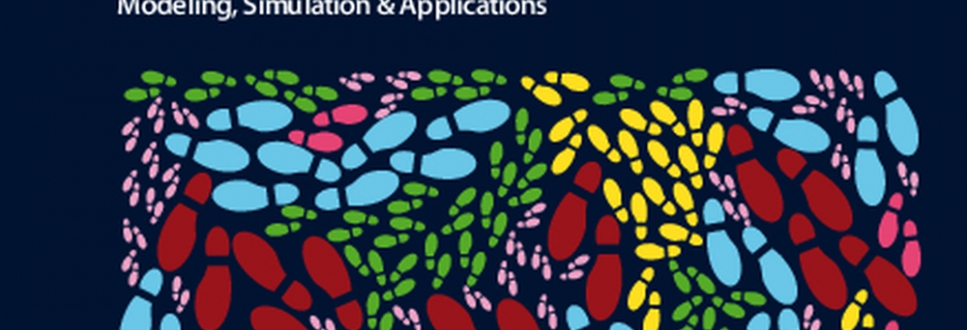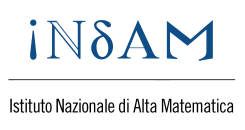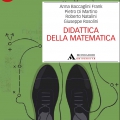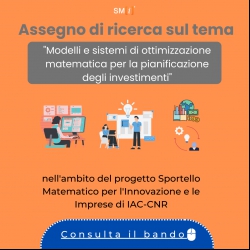
Computational biology, mechanotransduction and autoimmune diseases
2017-01-12
ore 10:30 - aula riunioni del primo piano (IAC via dei Taurini, 19 Roma)
Christine Nardini (Personalgenomics S.r.l., University of Bologna)
Withthe technological revolution brought in by high-throughput biology, exact sciences have fiercely entered the realm of live sciences, with approaches supporting applications ranging from molecular biology to medicine, with the recent and particular focus on evidence-based medicine.
Overthe time of this talk I will present the tools we developed with bases rooted in engineering and exact sciences (network construction, reconstruction and simulations) to approach a specific theme inmedicine: degenerative diseases, a class of systemic, often autoimmune and chronic maladies, with no cure, consequent high societal costs and spreading at very fast pace worldwide.
In particular, with the design of a clinical pilot study in animals (Nardini et al. 2016) and a pilot clinical study in humans (ClinicalTrials.gov ID: NCT01619176) we explored the systemic effects of mechanical stimulations delivered in the subcutaneous tissue, thanks to the collection of heterogeneous omic data (mRNA-,16S-rRNA-, miRNA-seq), at different histological (blood, gut-intestinal microbiome, synovial tissue, subcutaneous tissue) and temporal point (before therapy, early genes activation, after therapy).
This lead to the realization that the molecular events triggered locally have a systemic resonance, a very well understandable fact in the frame of non-linear equation and chaos theory, whose translation inmedicine is however far from trivial, leading to potential extremely innovative applications in medicine, here discussed with the model disease of rheumatoid arthritis.
I will close this talk with the presentation of the future steps we have taken to continue this exploration in a computational, biological and technological integrated perspective with the presentation of the recently submitted Sinergia Proposal.













